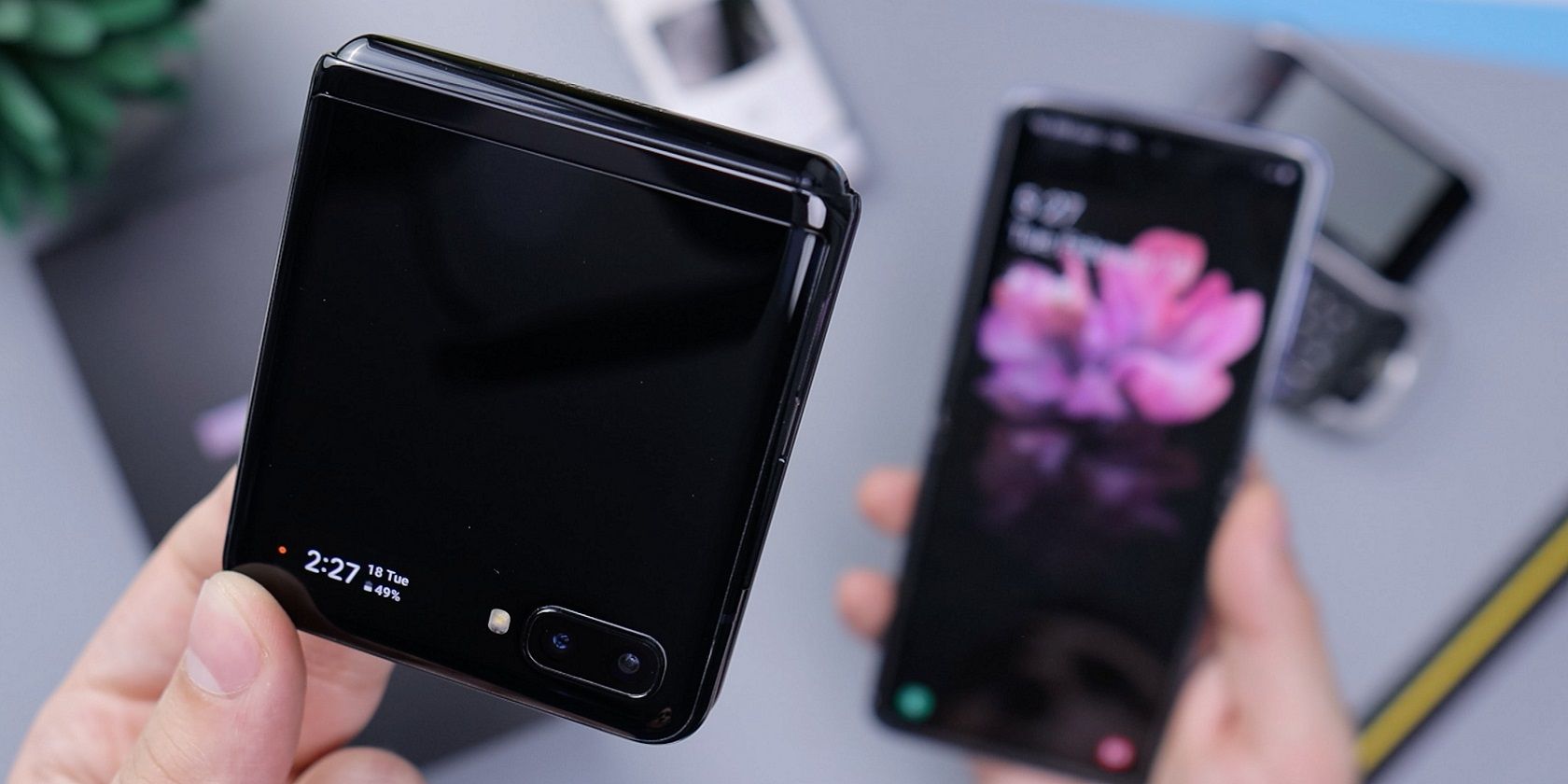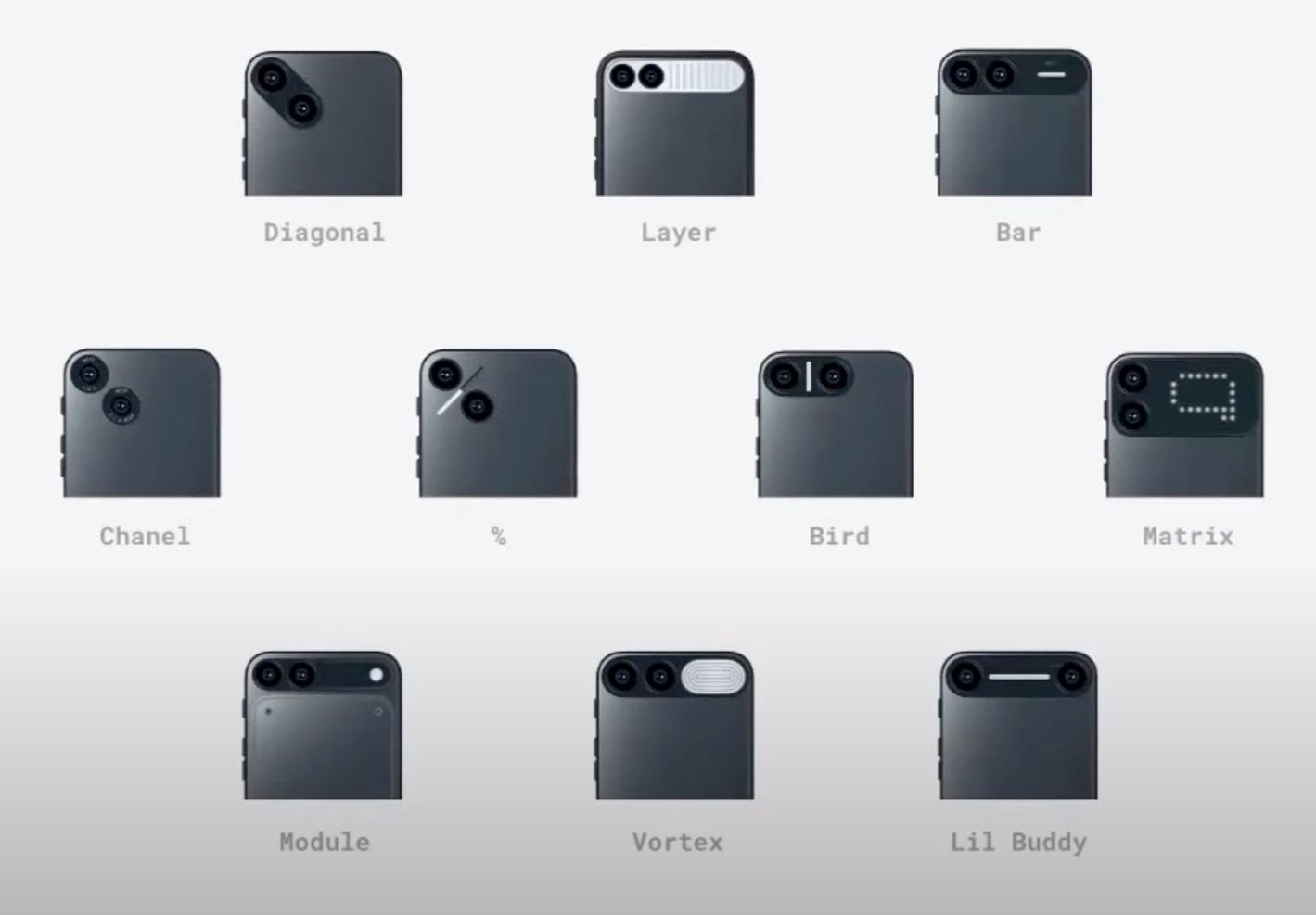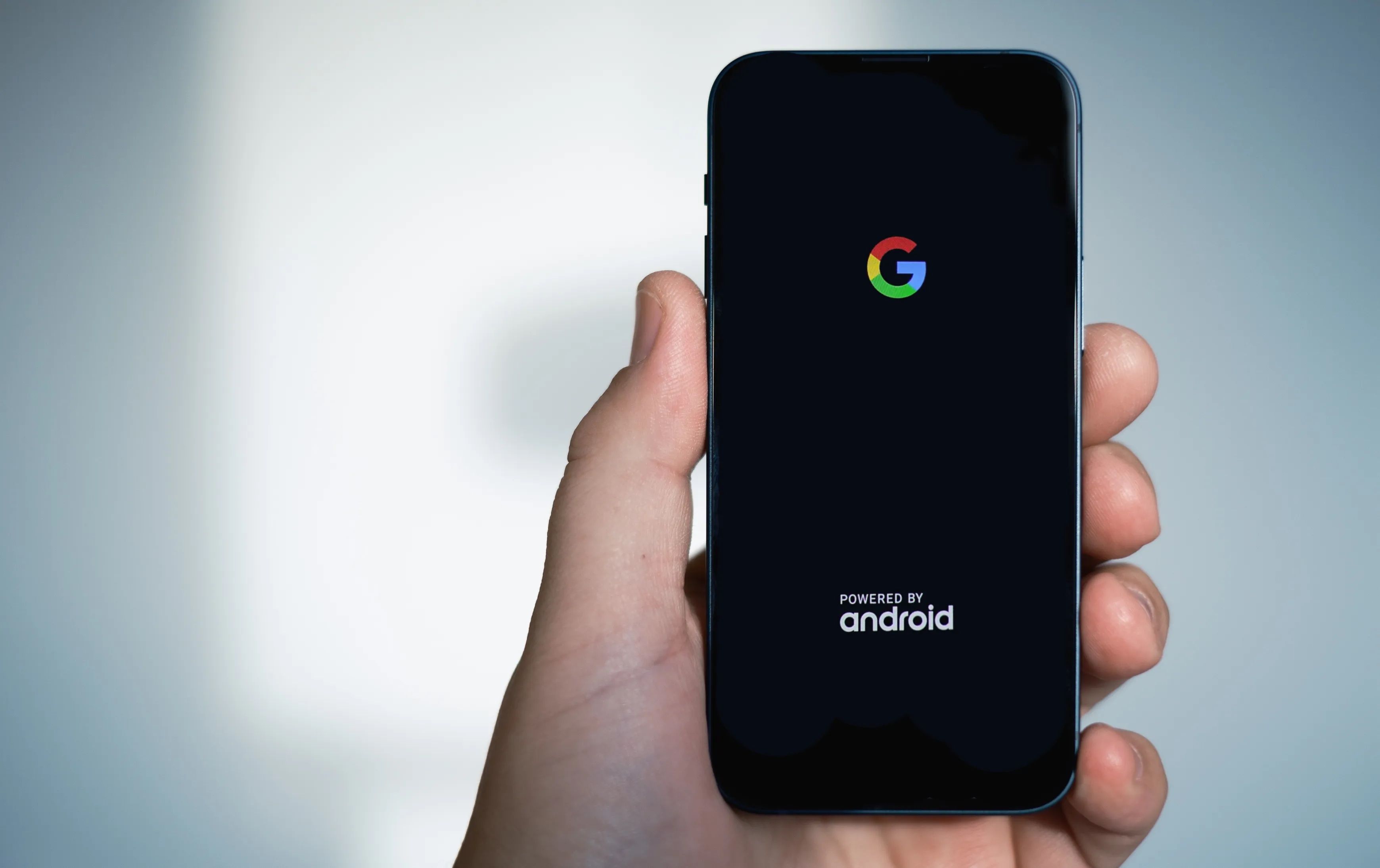Pebble, the company behind the original Pebble smartwatch, shut down in 2016 after being acquired by Fitbit. It has been seven years since its demise, but the smartwatch and Eric Migicovsky, Pebble's founder, continue to enjoy a loyal fan following.
While the iconic device is unlikely to ever return to the market, the team behind the wearable could make a comeback with the Small Android Phone project.
Pebble's founder and several early employees of the company have teamed up to build a compact sub-6-inch Android phone. Here's everything we know about the community-backed project and how it could mark the return of Pebble itself.
What Is the Small Android Phone project?
Android smartphones with a compact footprint are a rarity. There are hardly any phones with a display smaller than six inches. And if they exist, they are budget-oriented and pack low-end specs that make them difficult to use. The Asus Zenfone 9 from 2022 is the only outlier to this in recent times, packing flagship specs with a 5.9-inch display.
Eric Migicovsky and members of the original Pebble team want to change this. As The Verge reported last year, Eric ran a petition in May 2022 to gather support from the Android community to show manufacturers there's interest in small phones.
Presumably, the petition was insufficient to convince Android OEMs, so Eric and the team are working on the Small Android Phone project to turn their (and hundreds of other peoples') dreams into a reality.
What Will the Pebble Team's Small Android Phone Look Like?
Alex De Stasio, a former industrial design engineer at GoPro, shared his design ideas and more insights about the phone on a call with The Verge. He's focusing on the camera bump's design since it can help the phone stand out and make it look iconic.
Below are some design sketches that the Small Android Phone shared from a design call on February 17, 2023. Again, the phone's design is not yet final, but the team is working on it.
As for specs, the phone will obviously have a sub-6-inch display. Ben Bryant, one of the team leaders, confirmed the phone will likely have a 50MP camera capable of taking "good photos." For camera software, the project could take help from some Chinese developers with prior experience, though ultimately, they might go the in-house route.
The materials from which the phone will be made have not been finalized yet. Given the resource constraints, the group is unlikely to use premium or rare materials.
For the chipset, the team is looking at the Snapdragon 8+ Gen 1, Qualcomm's flagship chip from 2022, or a mid-range Snapdragon SoC. Software support could be on the poorer side, with the group looking to provide at least two years of updates.
The Small Android Phone group has not yet decided on the phone's final name, which is internally codenamed "Marvin." Bryant shared some potential names, though, including "Pico," "Pip," and "Atlas."
How Much Will the Small Android Phone Cost?
While the price tag is not yet final, the Small Android Phone team is targeting $850 as the potential price. While higher than similar phones on the market, the group will have to pay a premium for manufacturing due to its small order size. The team also wants to get the device built by a Tier 1 manufacturer, which will come at a premium.
The Small Android Phone team requires around $50-$60 million to build the phone. As it did with the original Pebble, the group will again rely on the community to achieve this target, though they might not necessarily use the same platform again. This is due to the fees involved, which could eat up a significant portion of the raised amount.
Only Time Will Tell if the Small Android Phone Project Succeeds or Not
To raise the amount required, the Small Android Project will need at least 50,000 backers. That's easier said than done.
And even after the crowdfunding campaign is over, the team will need around six to nine months to procure all the components, assemble the phone, and get it shipped. Again, this process involves many other variables and factors, which could easily derail the timeline. Is Pebble set for a comeback? Only time will tell.



